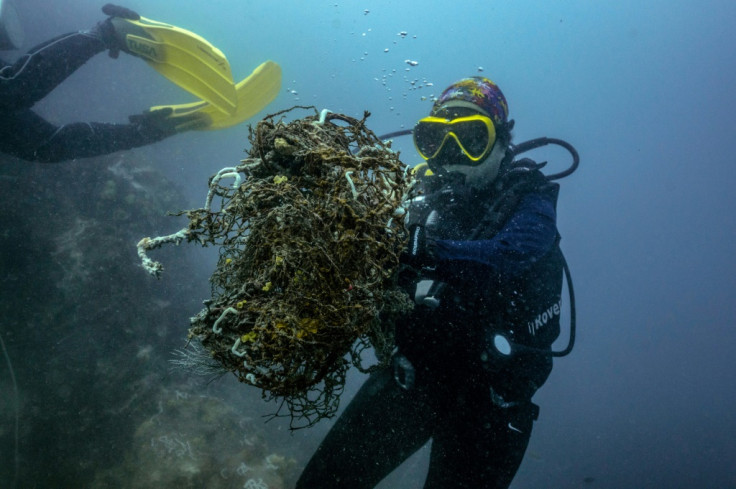Microplastics Found In Clouds Could Affect Weather Pattern: Study
Microplastics have even been discovered even inside human hearts, lungs, and blood.

Microplastics have found their way to unusual places on the planet. They are virtually everywhere, and this could have dangerous consequences for the planet.
A study published in the journal "Environmental Science & Technology Letters" has claimed that these could affect cloud formation and, as a result, weather.
The research found that microplastics are being carried along by clouds to different places.
"Microplastics are transported in the atmosphere and contribute to global pollution. If the issue of plastic air pollution is not addressed proactively, climate change and ecological risks may become a reality, causing irreversible and serious environmental damage in the future," said Professor Hiroshi Okochi.
This comes after a group of scientists from China found microplastics in cloud water collected atop Mount Tai. The samples collected from low-altitude and denser clouds had larger amounts of microplastics in them.
Aged plastic particles found in clouds were smaller in size and had rougher surfaces. They also contained more lead, mercury and oxygen compared to pristine, untouched plastics. The experts believe that this essentially implies that clouds can alter these microplastics which in return could affect weather patterns.
However, the scientists involved in the study made it clear that more research is needed to understand how microplastics affect clouds and the weather.
Earlier this year, a team of researchers from Japan also found microplastics inside rain clouds. The tiny particles were found in the mist samples collected from the peaks of Mount Fuji and Mount Oyama.
The team found as many as nine different kinds of polymer particles and a type of rubber particle. In the study published in the journal Environmental Chemistry Letters, the researchers stated that these airborne microplastics (AMPs) could be actively contributing to climate change as "plastic rainfall".
What are microplastics?
Microplastics are tiny plastic particles up to 5mm in diameter. Plastic is everywhere, and animals both on land and at sea mistakenly consume it, and microscopic particles can be found in the air and oceans.
They are found in synthetic blankets, fleece, or shirts and in beauty products such as skin cleansers and scrubs.
Even some toothpaste variants contain these tiny particles, according to a study by the United Nations Environment Programme. Microplastics have even been discovered in human hearts, lungs, and blood.
They are also found in drinking water, however, there is no evidence to suggest that they pose risks to our health, per a WHO report.
Last year, a study by researchers from the UK found microplastics deep in the lungs of living people for the first time. The tiny particles were found in 11 of the 13 samples tested for their presence.
Several studies have shown that microparticles can also be ingested by filter-feeding marine organisms such as oysters and mussels.
Earlier this year, a study conducted by the Archipelagos Institute for Marine Conservation, on plastic pollution in the Mediterranean Sea showed that micro-plastic pollutants were found in all 25 marine animals examined.
The plastic particles were found in eight dolphins, two Mediterranean monk seals and 15 turtles. There were a total of 10,639 micro-plastic fibres detected in their alimentary and digestive tracts.
Microplastics are not just harmful to humans; they have had a similar impact on marine life. A 2020 study revealed that people may be consuming plastics equivalent to the size of a credit card every week.
The scientists believe that if people continue consuming microplastics at the present rate, there will come a time when the threshold levels will be surpassed. When this happens, harm will not only fall upon the environment but also on humans.
© Copyright IBTimes 2024. All rights reserved.






